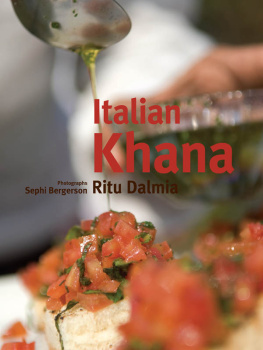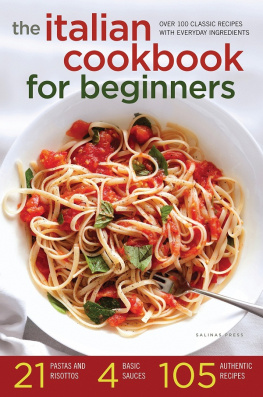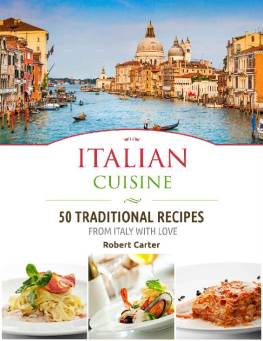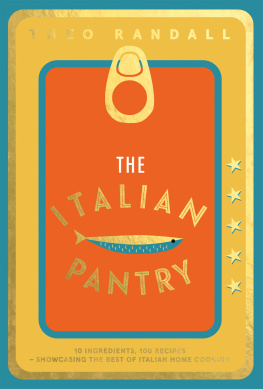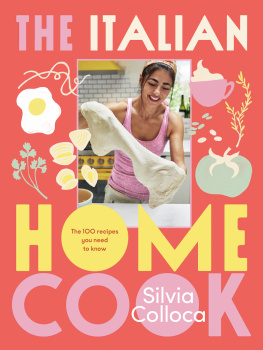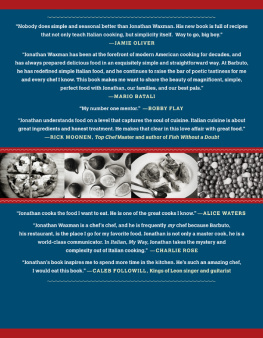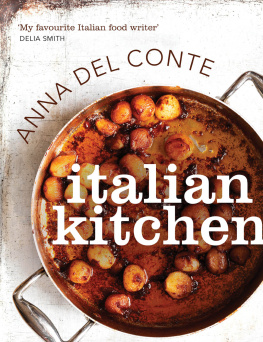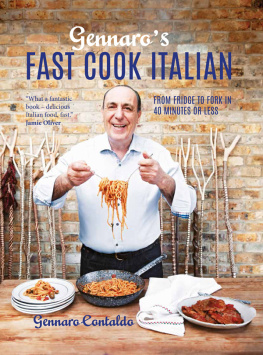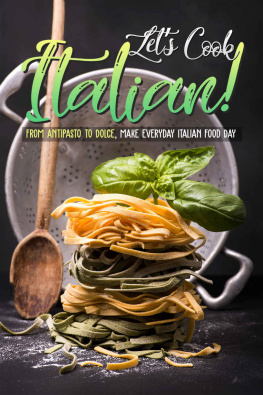
PENGUIN BOOKS
UK | Canada | Ireland | Australia
New Zealand | India | South Africa
Penguin Books is part of the Penguin Random House group of companies whose addresses can be found at global.penguinrandomhouse.com.
This collection published 2011
Copyright Ritu Dalmia 2008
The moral right of the author has been asserted
ISBN: 978-8-184-00021-4
This digital edition published in 2016.
e-ISBN: 978-8-184-00272-0
This book is sold subject to the condition that it shall not, by way of trade or otherwise, be lent, resold, hired out, or otherwise circulated without the publishers prior consent in any form of binding or cover other than that in which it is published and without a similar condition including this condition being imposed on the subsequent purchaser.


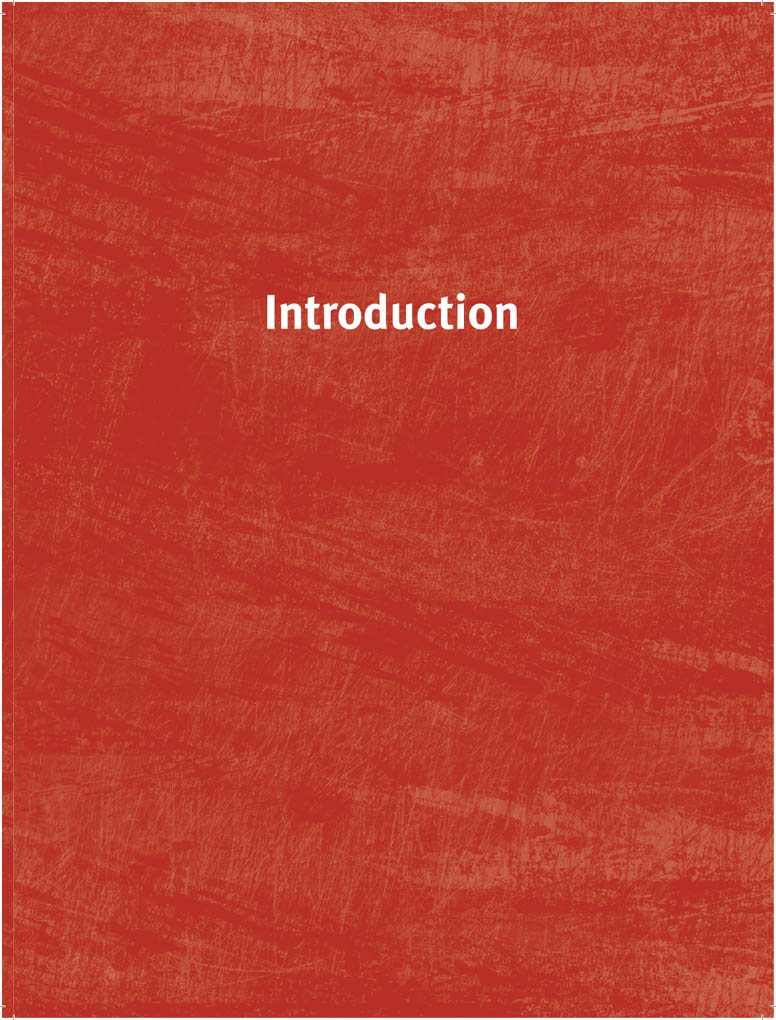
Introduction
There are very few countries where everything stops for a midday meal. The land of Italy is among these. At noon, the streets fall silent in every town. From inside the houses drift distant sounds: the clinking of glasses, laughter and raised voices. In Italy, meals are never simply about eating. They are important social occasions which can stretch for hours, an opportunity for families and friends to come together to catch up on gossip and the days news, for jokes, arguments and table thumping. Italians love celebration and they love to eat, so every meal becomes a celebration. It is a wonderful way to live.
Indians have a particular affinity for Italian food. I recently read Gregory David Roberts Shantaram, in which he says that Indians are the Italians of Asia, and every Italian has a bit of Indian in him. I could not agree more. The importance of meals in Italian culture, the passion thrown into cooking them, the treasuring of grannys or mommys special recipes which the wife can never make in quite the same way, the arguments over whether the cooking is finer in Tuscany or Sicily, the big, hospitable smiles, the family ties. All of it is so familiar to us.
I remember my amazement when I had my first taste of slightly bitter marzipan in Regaleali, in Sicily about 15 years ago. It was so much like our own badam barfi. And the crispy, salty panelle, again from Sicilyjust like our own bhujia. And the time when I was taken to a trattoria in Sarzana, a town in Liguria, for farinata di ceci, which was nothing but our very own besan pooda. It would be wrong to say that Italian and Indian food are very similar in taste, but there is something about both cuisines which is able to fill that hole in our stomach. Its the simplicity of the Italian kitchen, its warmth and heartiness that really connects with our taste buds. Thats why most Indians, craving for some desi khana after a week in Europe, tend to run for some pizza or a penne arrabiata.

Carefully prepared, strikingly simple, with flawless ingredients, thats what food in Italy is all about.
So what is food in Italy all about? Huge plates of fettuccini Alfredo? Coleslaw? Pan-fried pizzas? Heavens, no! It is slices of ciabatta drenched in olive oilnot pomace, but the real thing. It is fine, translucent slivers of Parma ham sliced off the bone, with just the right amount of pungency and smokiness. It is a steaming bowl of durum wheat spaghetti accompanied with a sauce of ripe, sweet tomatoes, their bite still intact, and garden-fresh basil. It is a wedge of mild Gorgonzola cheese and a bunch of ready-to-burst grapes.
Italian food is all about its splendid land and its splendid people. It is about food markets which are alive with the freshest produce, ready to be lovingly prepared for the family. And the food is as varied as the landscape. Dishes like lightly fried squid and clams give off the aroma of the sea, and lamb stew cooked over a slow fire tastes of the earth. Italys flavourful tomatoes, miles upon miles of them vying for the southern sun, taste, indeed, of the sun. Carefully prepared, strikingly simple, with flawless ingredients, thats what food in Italy is all about. And thats why it is the worlds most popular cuisine.
My love affair with Italian food began when I was sixteen. I had dropped out of school and was travelling all over Italy, trying to sell marble. Everywhere I went, I was surrounded by food. Markets overflowed with boisterously coloured fruits and vegetables. In small shops I found baskets of still warm ricotta cheese. I could hear the hiss and sizzle of artichokes dropped in hot oil in the Jewish quarters in Rome. If I close my eyes I can still smell them.
Here I have to thank my dear friend Serra, with whom I discovered the joys of Italian food. We took many trips around the country together in search of a perfect meal. Oh! The red mullet encrusted with black olive pt, with just a squeeze of lemon, at Enoteca Pinchiorri in Florence; the buttery goose liver which just melts in your mouth at Locanda DellAngelo in Sarzana; my first sip of Tignanello, one of Italys most special wines; the peculiar whiff of truffles that appeared strange to my as yet unexposed palate.
I was impressed by the regional diversity and quirky recipes, each with an even quirkier story behind it. I learnt to respect the importance of meals, which were announced when the woman of the house put the pasta in the water. This was the point when bread was laid out, wine was poured and everyone had to take their seats. It was a great offence to let the pasta wait on the table for you. For me, the best meals were at Serras home, where the conversation at dinner was always about the menu for the following days lunch. Her mother made the best zucchini and feta cheese fritters in the world, and her food has always featured in some way on all my menus.
My Italian love affair quickly turned into full-blown obsession and a few years later, I did a professional about-turn and opened MezzaLuna, a chic little Italian restaurant, in Delhi.

I always say I am a fake chef, for with Italian food, whats most important really, is quality ingredients.
Passion has no reason, but if I had to explain why it was Italian cuisine that caught my attention and not French or Spanish or Moroccan, here it is. At the end of the day, it is the simplicity of the cooking which has always drawn me to Italian cuisine. I always say I am a fake chef, for with Italian food, whats most important really, is quality ingredients. The methods and techniques are so easy. After running an Indian restaurant for many years (Vama, my successful Indian restaurant in London, which I opened after MezzaLuna failed, but more on that later), the lazy chef in me opted for cooking Italian.
You dont need fancy or unusual equipment. Nor do you need any particular expertise or specialised cooking knowledge.
Next page
